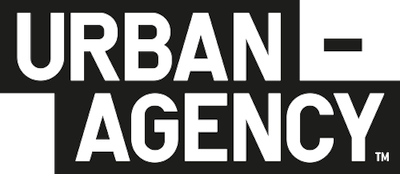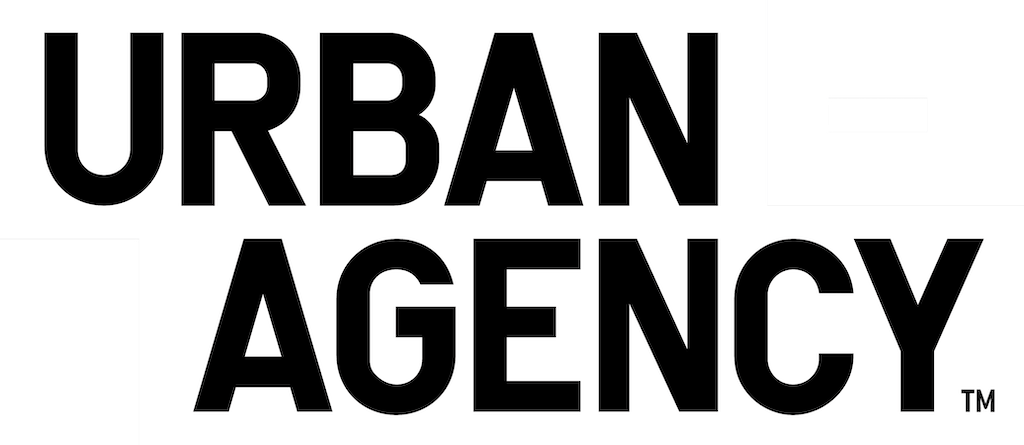TRINITY STREET
OFFICE DEVELOPMENT
The impetus behind this project was to re-examine the typical glass box structure of the contemporary office building and its relationship with sustainability and the public realm. Situated at a compact intersection in Dublin City’s dense maze of meandering passages, the new office building will replace the existing car park, becoming a key anchor and streetscape activator to consolidate the area’s busy pedestrian character.
The modern office ‘block’, as the term suggests, has been characterised by a detached impenetrability, often insensitive to its architectural context. Moreover, this typology typically fails to demonstrate sensitivity to the natural environment, commonly over-relying on mechanical heating and air-conditioning. In the Trinity Project, these common issues are replaced both with an individualised response to the architectural context, and a more environmentally-conscious approach.
The proposed design diverts from the energy-heavy prototype of the urban office building. The windows are designed to minimise the sun’s glare, with each pane set back according to sunlight penetration, aspect and proximity to neighbouring buildings. This serves to regulate temperature, achieving a low operational energy. Departing from common ribbon fenestration and structural glazing, the windows’ peaked form is inspired by the trademark triangular pediments of the nearby Palladian buildings.
The façade comprises prefabricated panels which enable an efficient, more sustainable construction process and facilitate waste reduction. Each panel is made up of angled faces that catch light and add depth, imparting a sculptural quality to the building.
The building and public realm are viewed as interdependent, tessellating pieces of an urban puzzle. The structure is undercut for the first two storeys at the junction of Dame Lane, Trinity Street and St Andrew’s Lane, thus opening up the streetscape. The overhang provides for sheltered outdoor seating to serve the ground floor restaurant. This renders a symbiosis of structure and site, eliciting a dynamic and animated occupation of space.
The proposed structure designates an entry point to the adjacent narrow routes, forming a wayfinding tool whilst simultaneously avoiding domination of the street’s historic skyline. The top of the building will remain hidden behind the parapet line of 18th- and 19th-century buildings when viewed from Dame Street.
The building’s thoughtful design presents a more sustainable alternative to the typical office block while actively engaging with the site to integrate into the historic location and establish a more pedestrian-friendly space.
Project: Office, Retail
Size: 8.900 m²
Location: Dublin, Ireland
Client: BCP
Type: Commission
Status: Planning Approved
Team:



